Open Menu
Search

Built and lived in by architects Mayo Takato and Takeshi Odaki, Somosomo House is a compact Tokyo apartment where every element has purpose. Furniture acts as structure, not filler, and living small becomes an ongoing act of design.
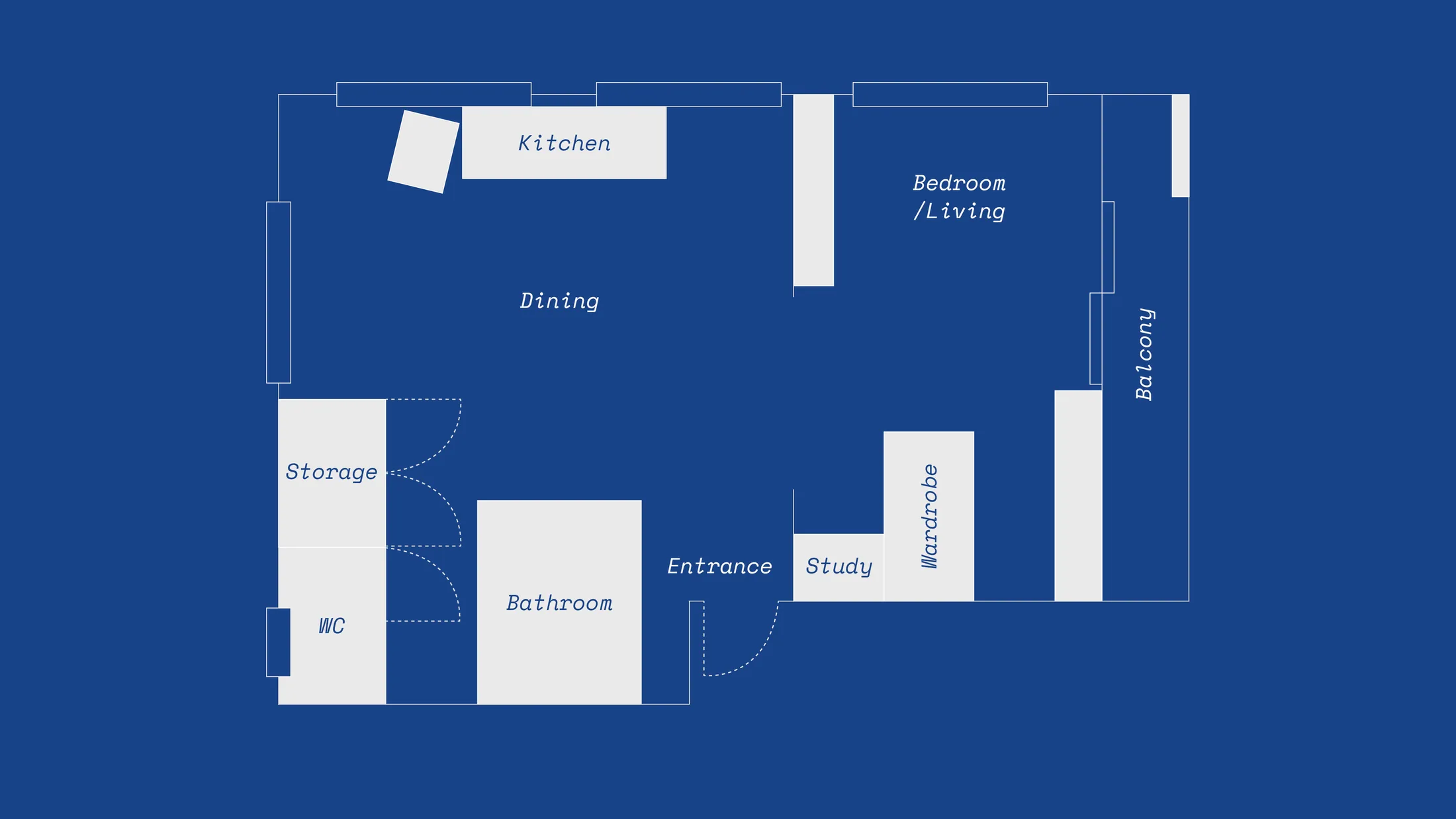
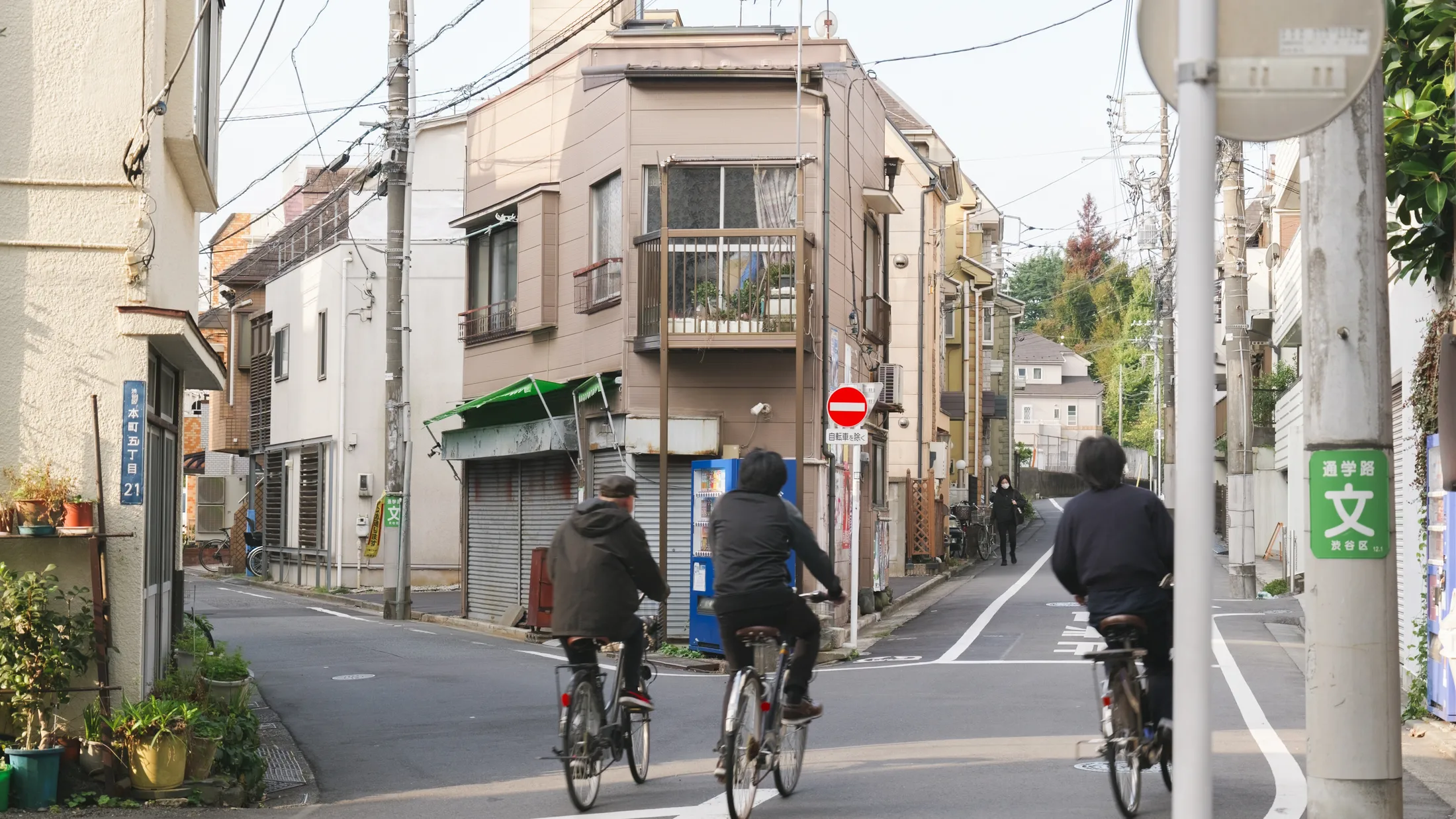
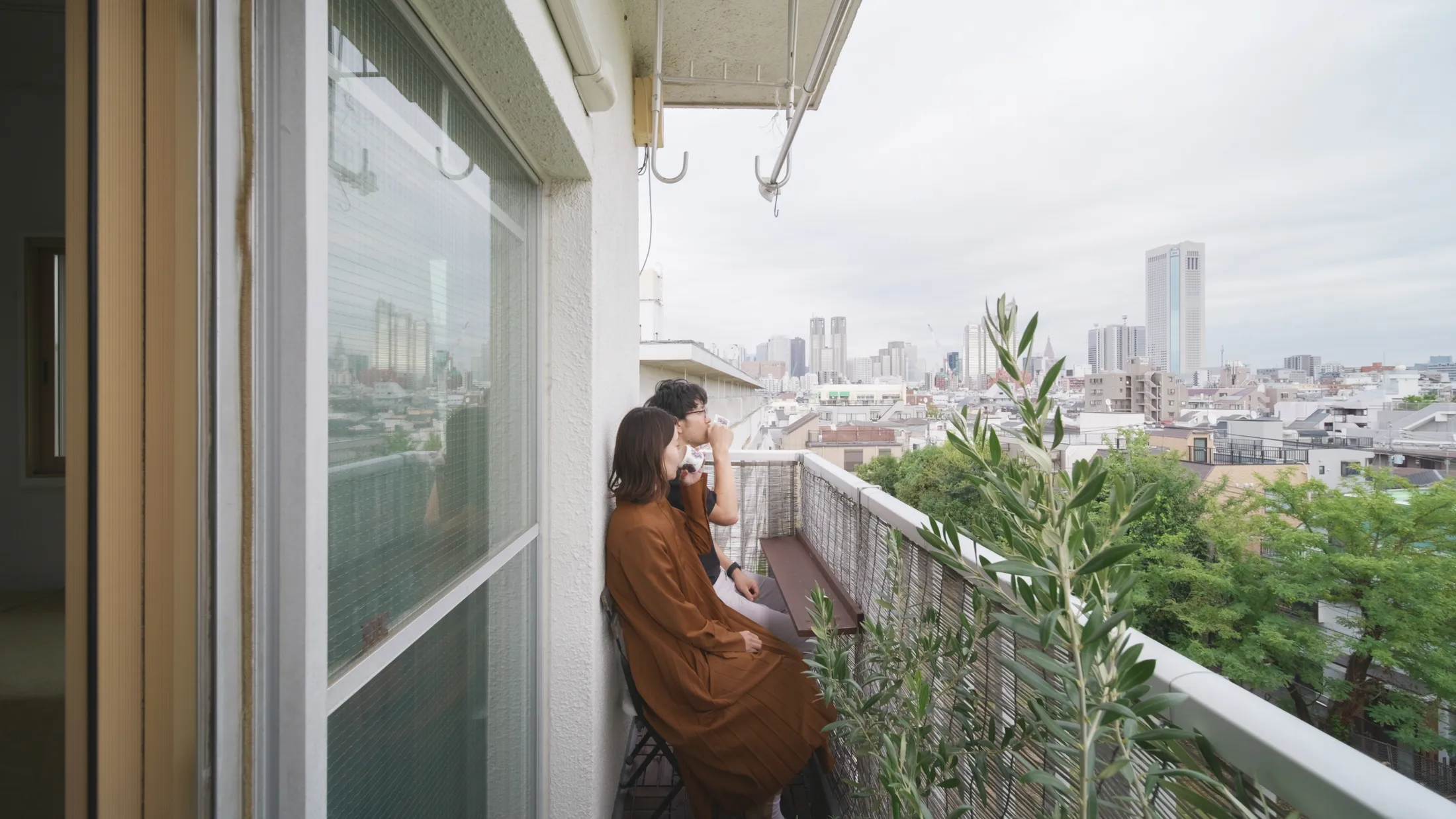
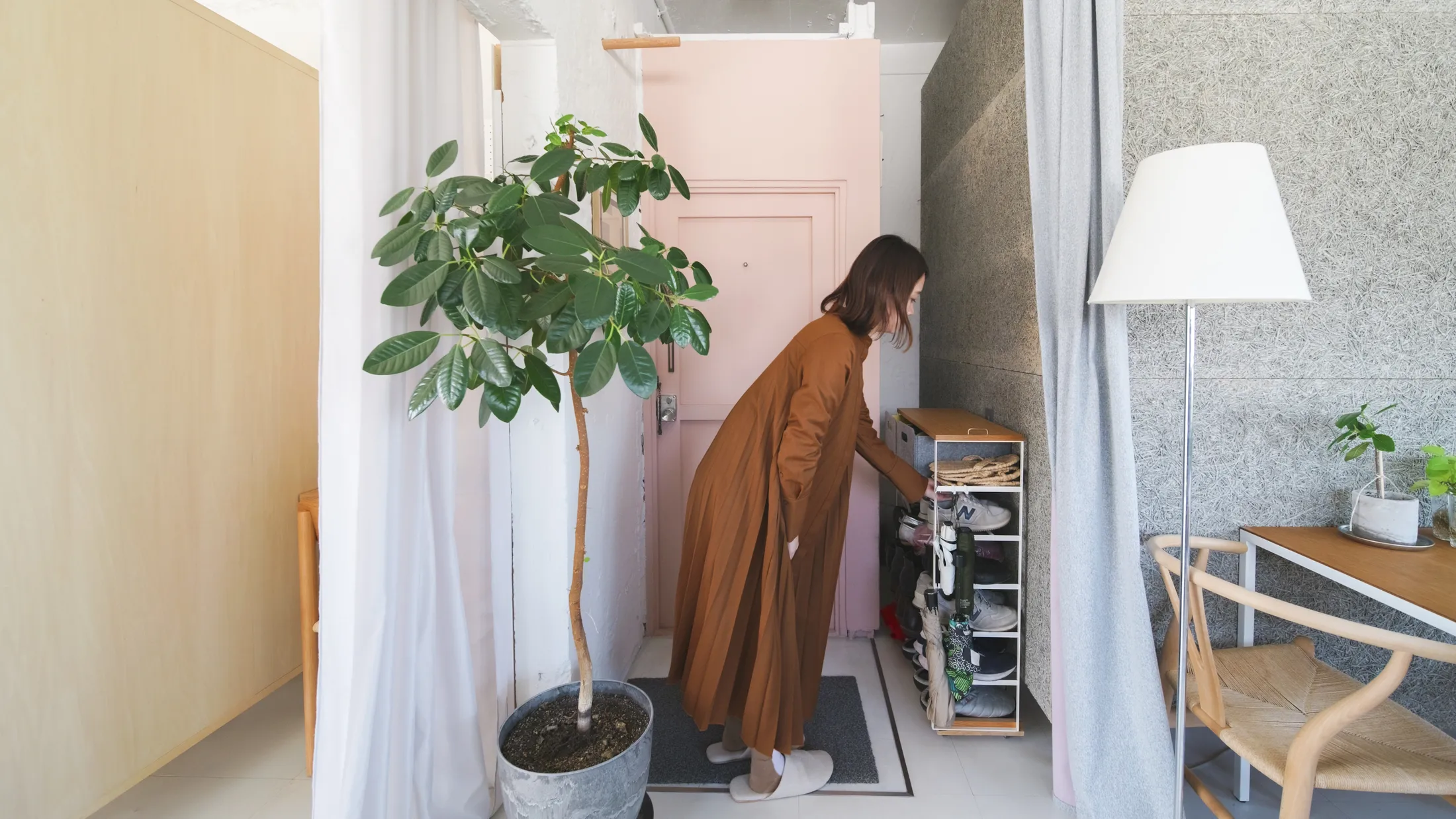

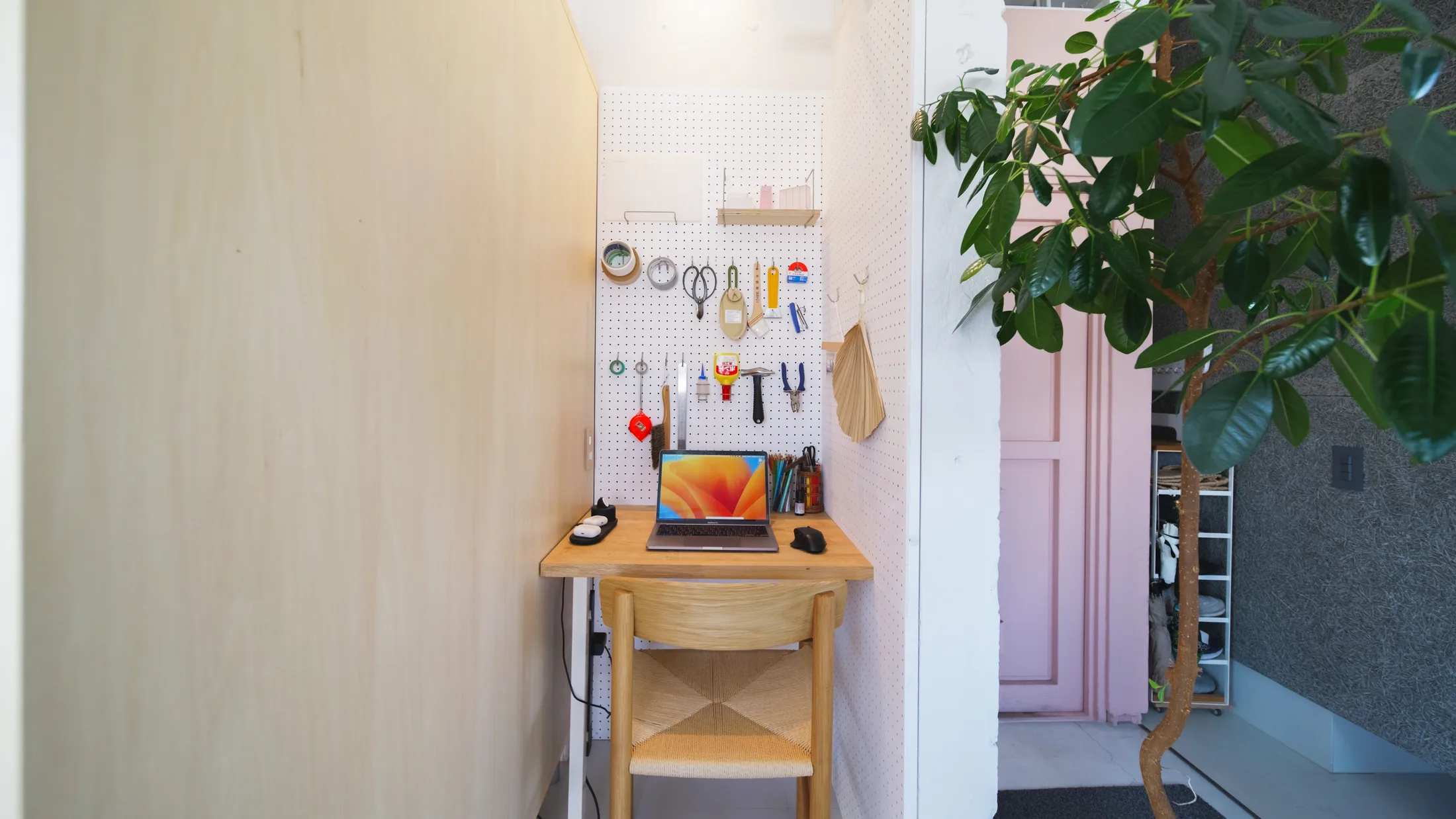
“We wanted to enjoy building our home together.”

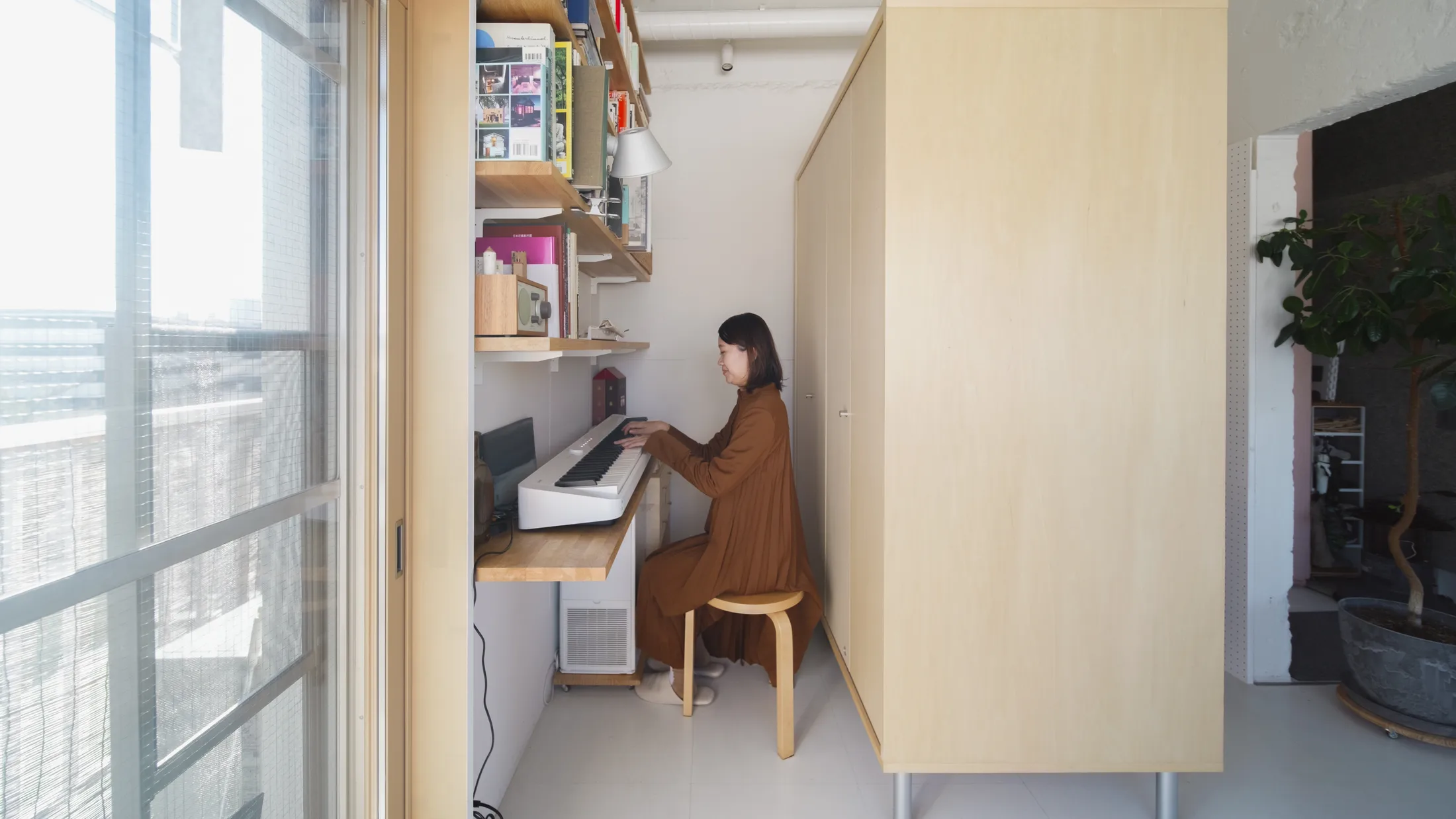
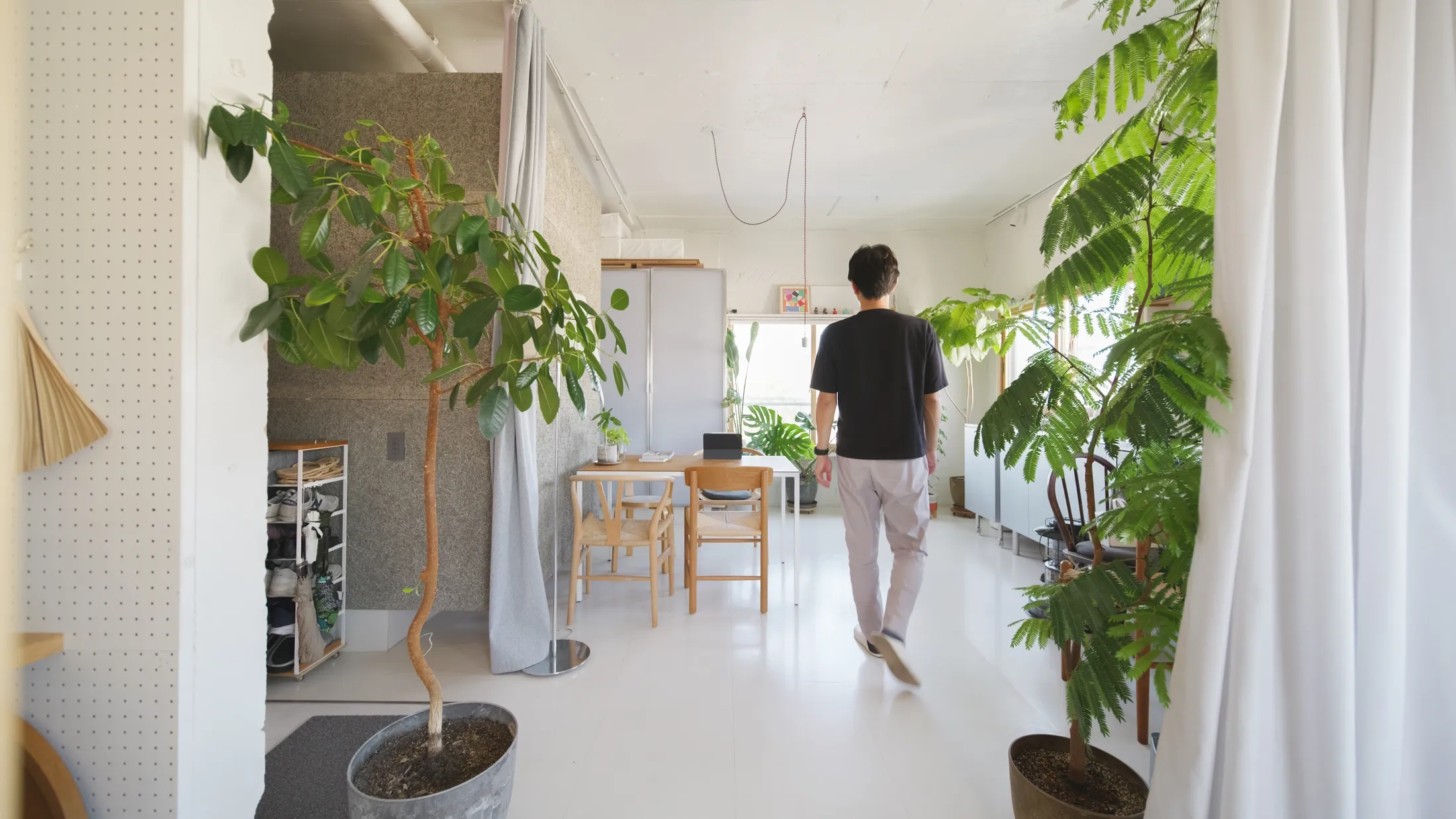

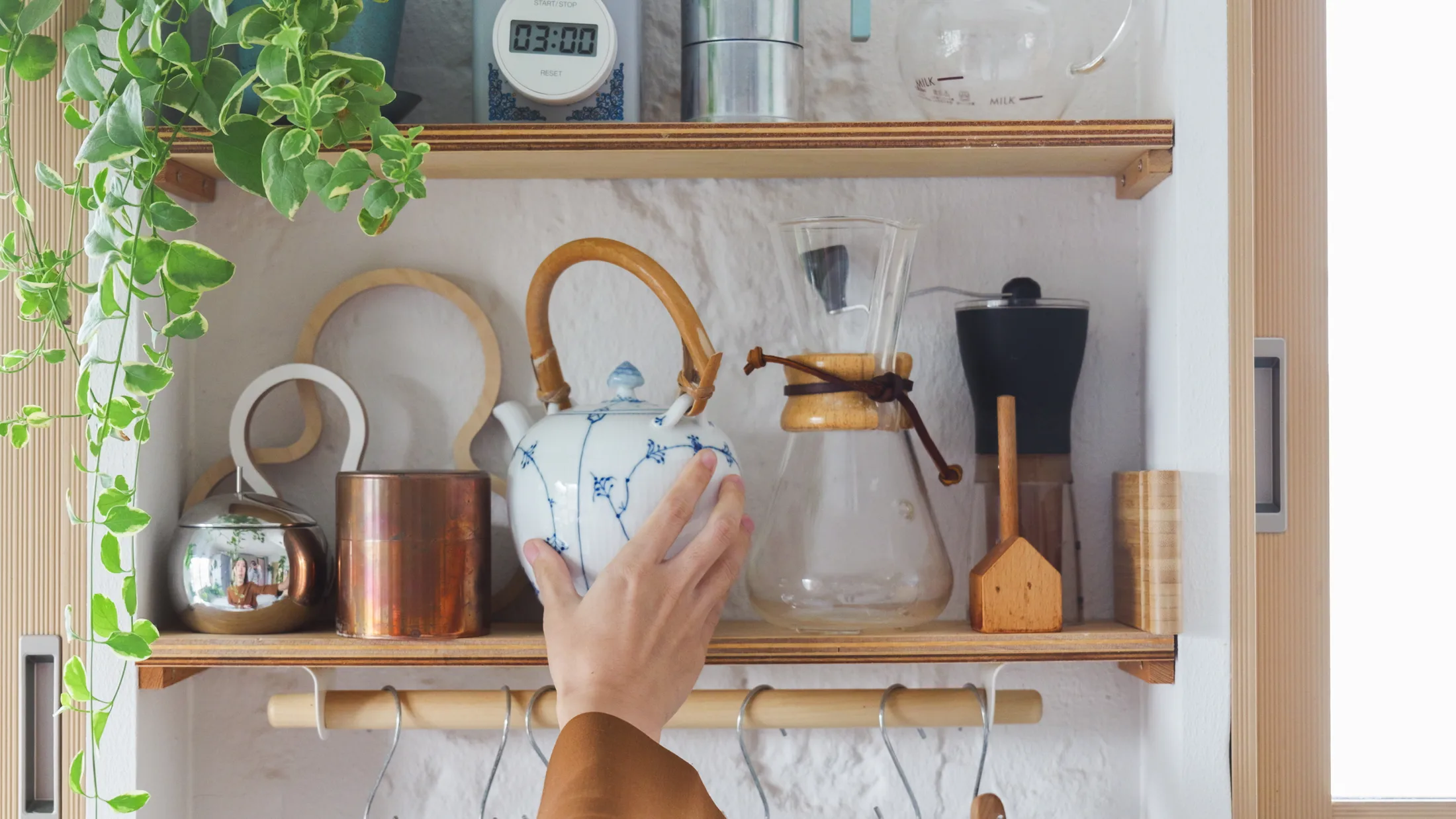
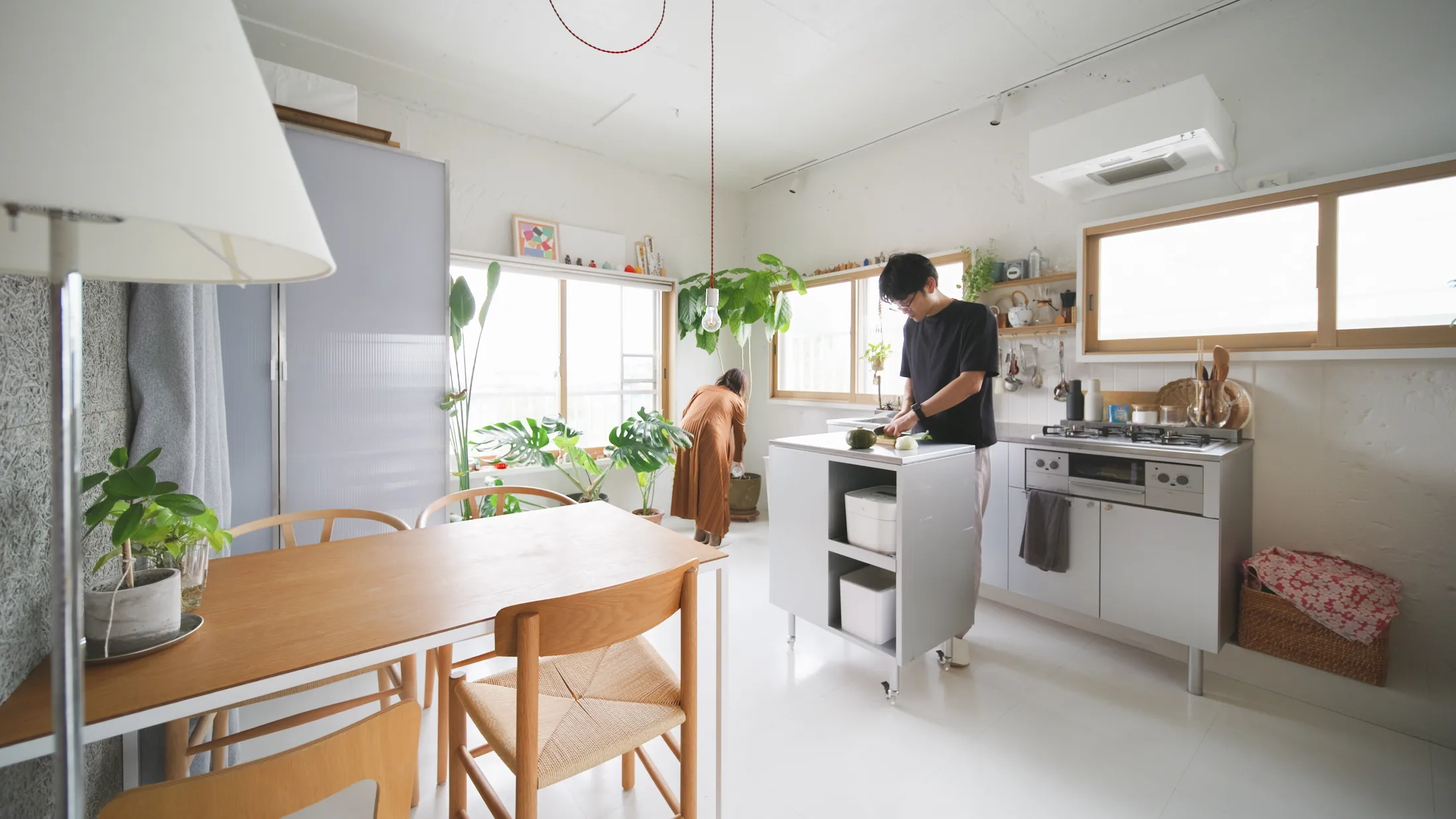


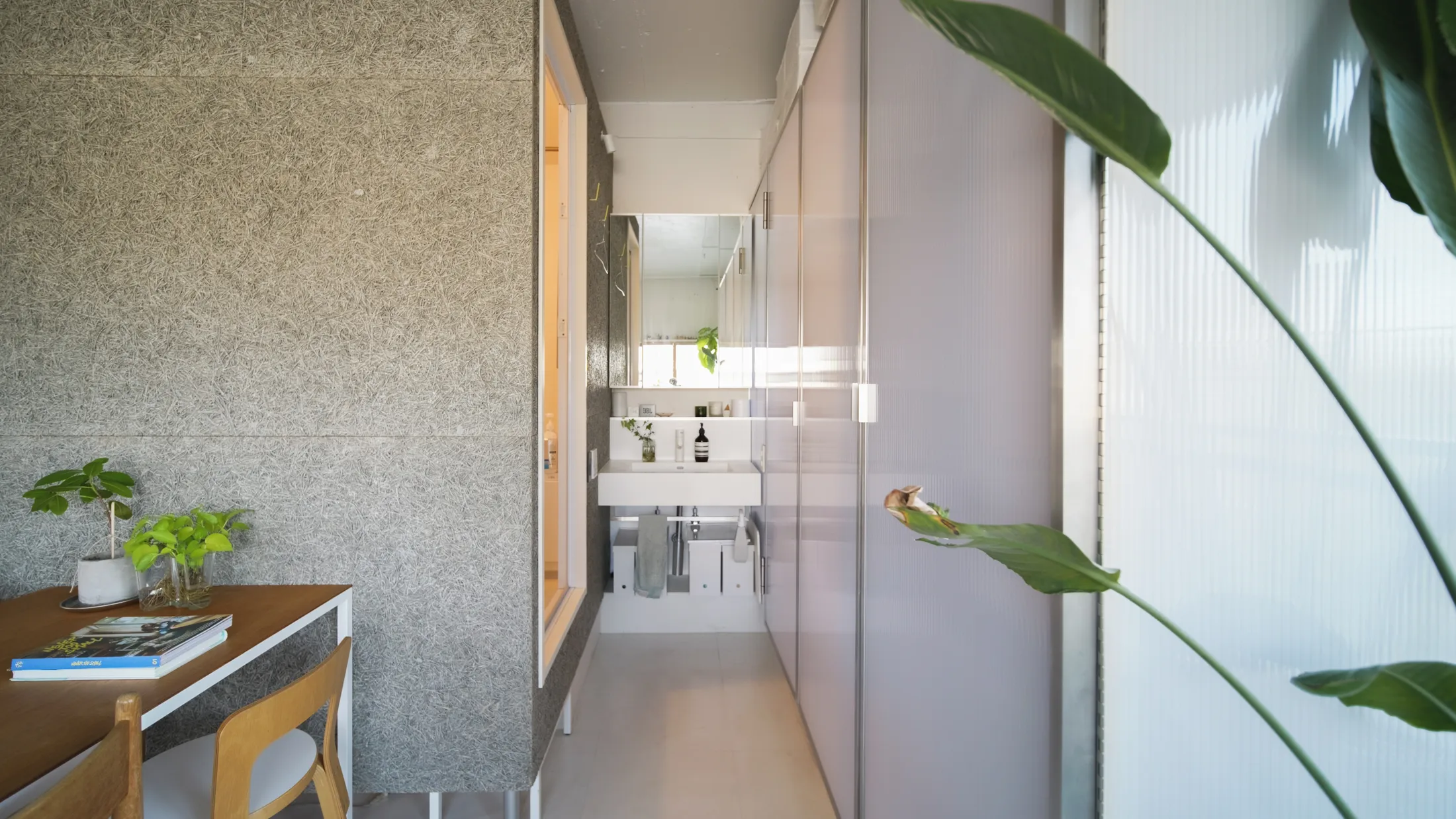

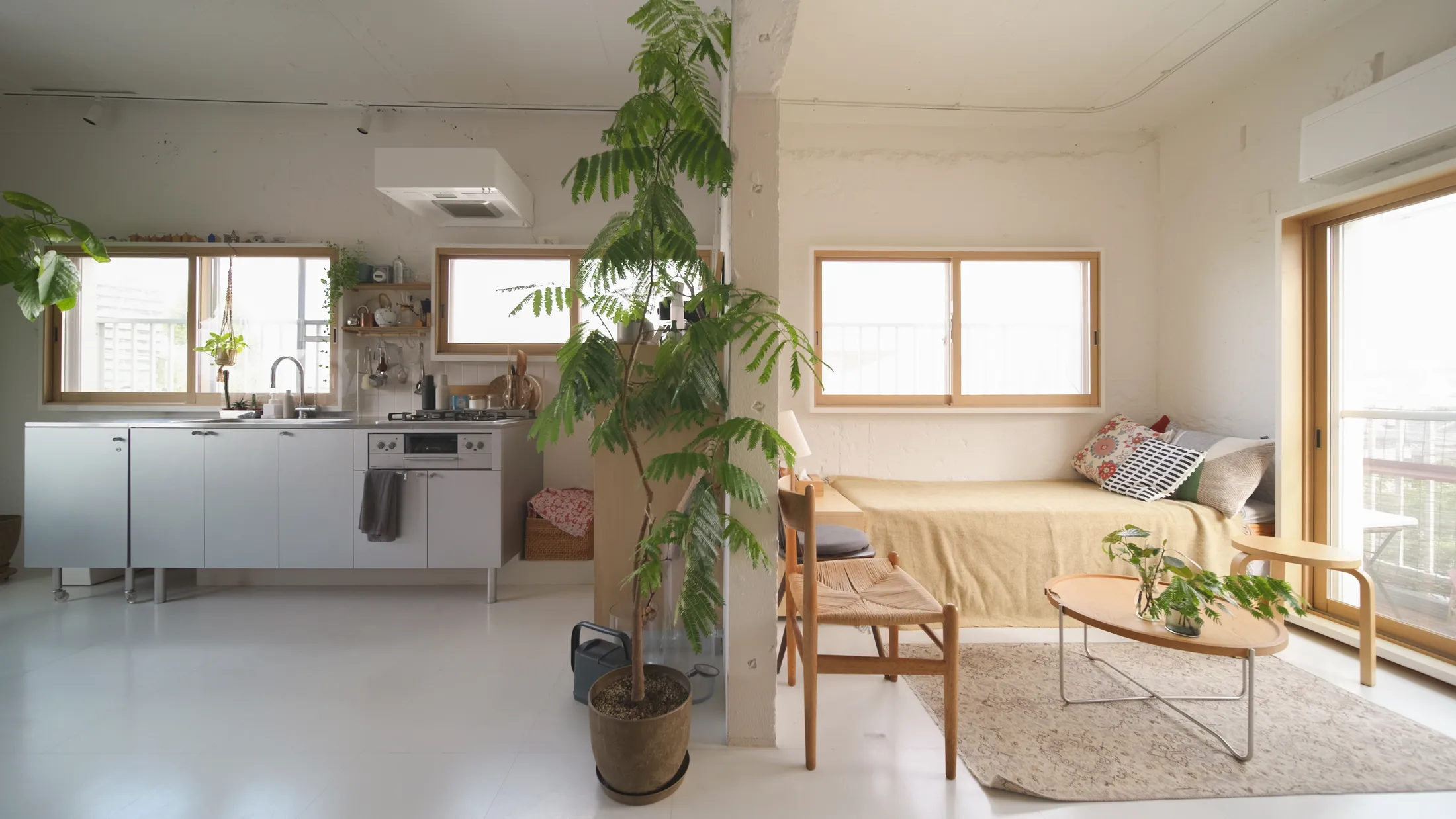
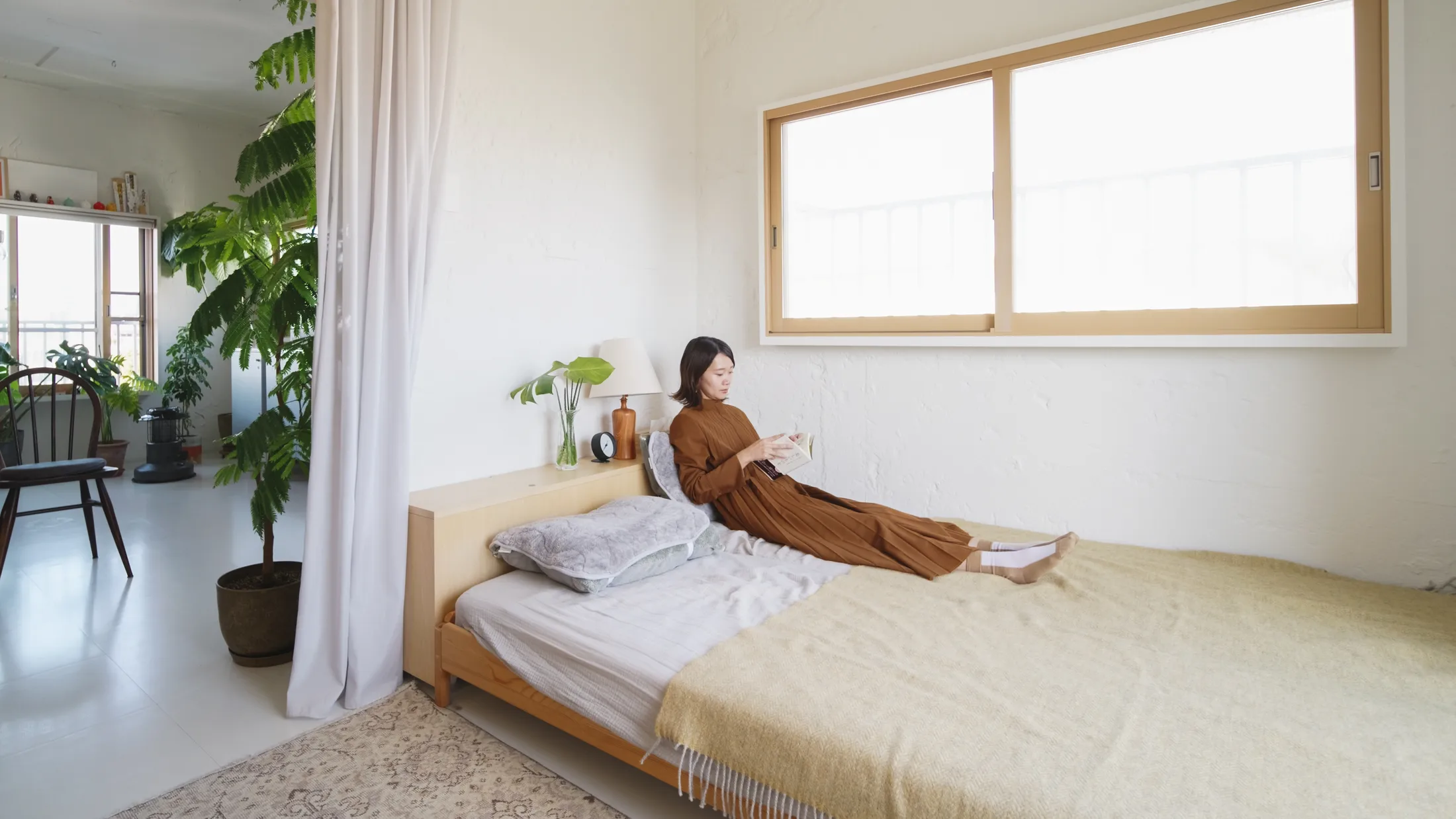
“As for the wall finish, we simply painted over the original walls. We have intentionally left traces of the demolition and the old state of the building.”




“For me, I think of a home as a place that gives me peace of mind.”
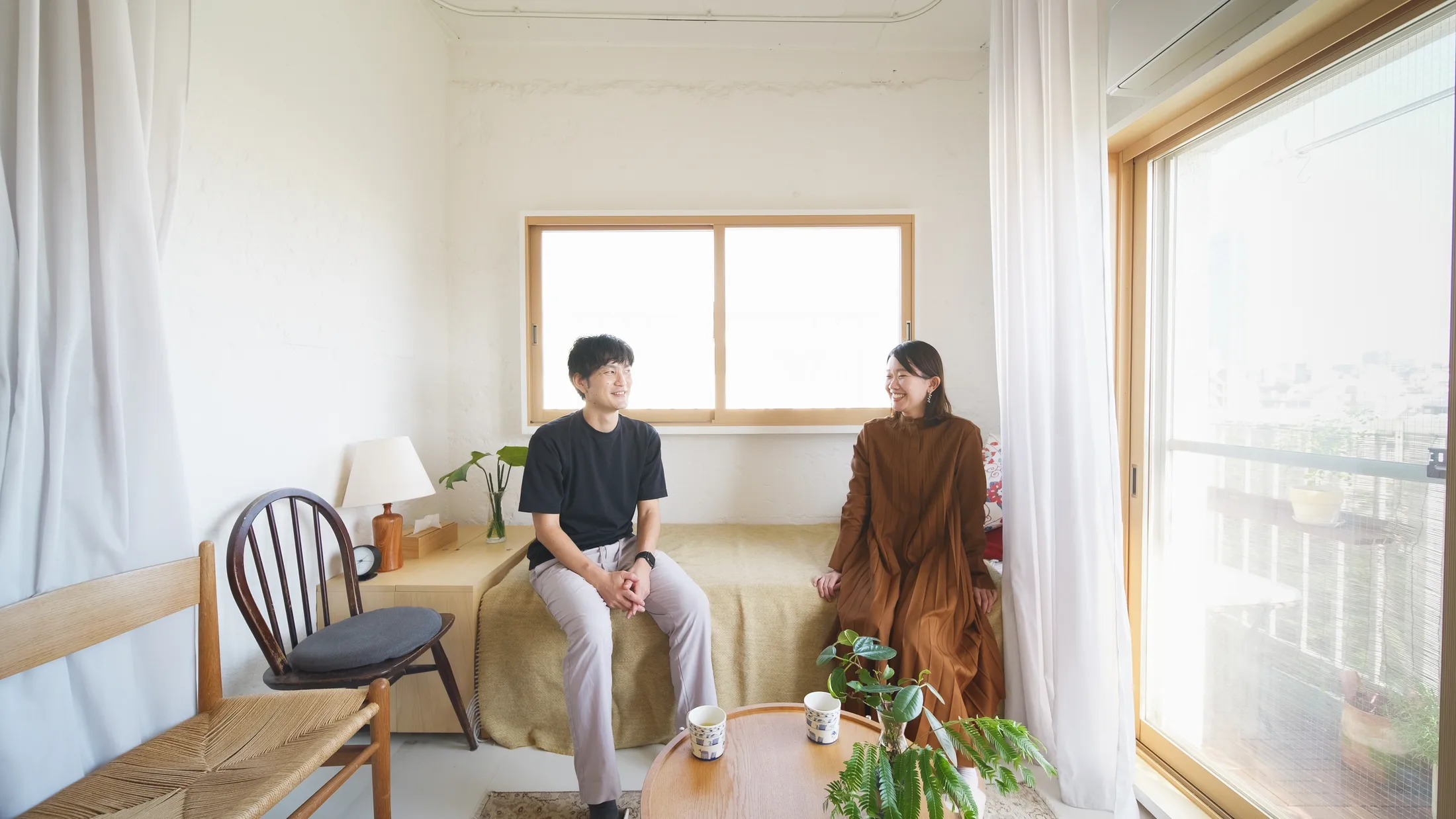

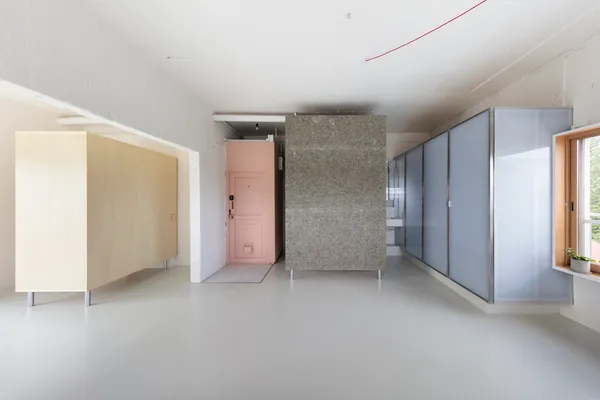
“This is Roomba’s world!” architect Takeshi Odaki says, gesturing around the 35sqm/376sqft apartment he shares with his partner, Mayo Takato, who is also an architect. Their apartment, Somosomo House, located in Nakano Ward, Tokyo, is their first home together. With all the furniture raised on legs, the Roomba has free rein to glide around seamlessly and keep the space clean – one of many thoughtful details that reveal Takato and Odaki’s careful approach to design.
“When we first bought this house, the layout remained the same as the original floor plan,” Odaki explains. “There were two Japanese-style rooms with tatami mats and a small kitchen in the middle, giving it a very old-fashioned feel.” The couple felt it didn’t suit their lifestyle, so they set about creating a home that did. They removed all of the non-structural walls and the dropped ceiling to reveal the original height of 2.8 metres. They also replaced all of the frosted glass windows with clear glass. “Suddenly, the room had amazing views of the sky and city on all three sides,” says Odaki.
Now, the entrance to the home starts with a delightful visual surprise. The inside of the front door is painted a friendly pink, which is noteworthy as the rest of the home is defined by soft neutrals and greenery. “The door is painted pink with the idea of replicating the ‘Anywhere Door’ in the anime Doraemon,” Takato explains. “A door that leads you anywhere and gives you an exciting feeling of going on an adventure.” If Somosomo House is an adventure, then it’s a calm and serene ride.
Their secret to a tranquil home comes down to a few key elements. Instead of rebuilding interior walls, they brought in a number of large furniture units to delineate the space. One box conceals a bathroom, finished in grey wood-fibre cement board with natural water- and sound-resistant properties. How does a box on legs contain the bathroom? Odaki explains: “Normally, a bathroom needs space to accommodate drainage under the floor and ventilation ducts above the ceiling, but by leaving the ducts visible and minimising the space for the drain pipes, the design looks like furniture. People are often surprised to find a bathroom inside.” Another box combines the toilet and storage, built from translucent polycarbonate so that light from the kitchen window filters softly through. The wardrobe, made from pale basswood plywood, doubles as a divider between the sleeping and living areas. Even the kitchen has been designed as a furniture piece, with a stainless-steel countertop and silver sheet-wrapped doors that unify it with the other built-in elements.
Many of Somosomo House’s most distinctive features are also the most replicable. Takato and Odaki used sheer curtains throughout the home to further delineate and soften the space. As a bonus, the curtains also improve the air conditioner’s efficiency. A section of these curtains wraps around the living area, which easily converts into the sleeping space. The couple use an IKEA bunk bed, reassembled into a modular sofa by day and pushed together as beds at night.In the dining-kitchen area, they noticed that one of the window frames protruded further than the others, so they turned it into a ledge for their small collections – “some of our favourite hobby items,” Odaki adds. It’s a literal tiny detail that layers in texture and personality.
Tucked between the wardrobe and the wall, a compact study nook reveals the couple’s love of creating and problem-solving. They installed a pegboard wall above the desk for easy access to their tools. “Often people don’t like to see their tools,” Odaki says, “but as DIY is something we like to do, we use it as an opportunity to display them.” The same mix of practicality and detail continues in the kitchen. Takato and Odaki built a small rolling island in the same silver tones as the unit, using it to store the rice cooker and as a moveable workspace. “The trolley’s casters are transparent – I thought it would be less noticeable. I was quite particular about the design. It has a lock at the back so it doesn’t move even during earthquakes,” Odaki adds.
Throughout Somosomo House, Takato and Odaki’s intentionality is evident in every detail. “We didn’t want everything to be finished or fixed,” Takato says. “We wanted to enjoy the process of building and living in our home together.” On mild spring days, they sit on the balcony watching birds flit between rooftops – one of the small rituals that brings a sense of calm to the space and reflects the same thoughtful, evolving spirit with which it was designed.